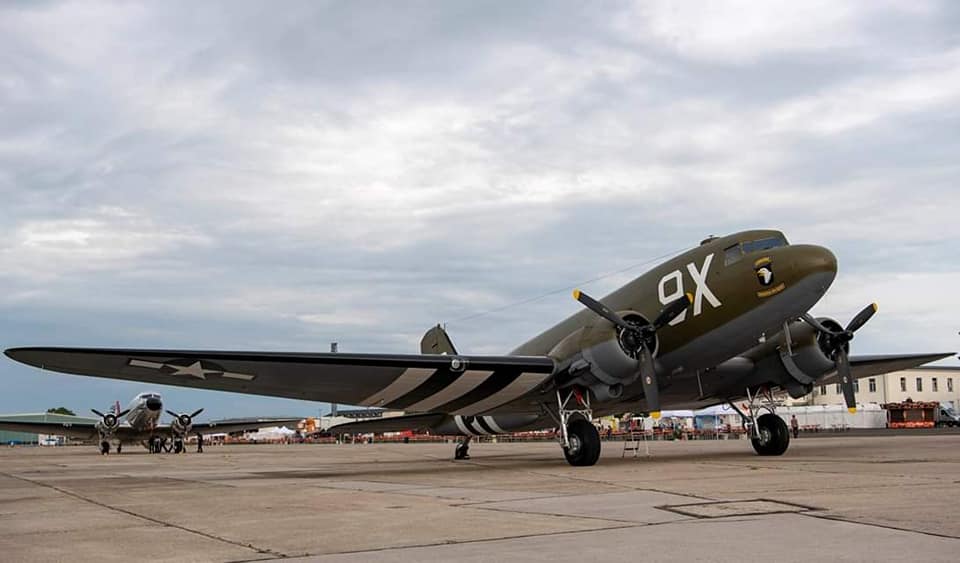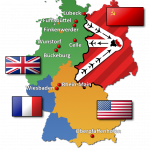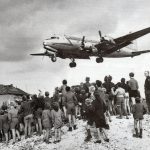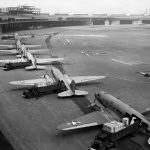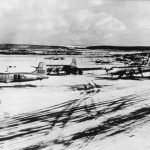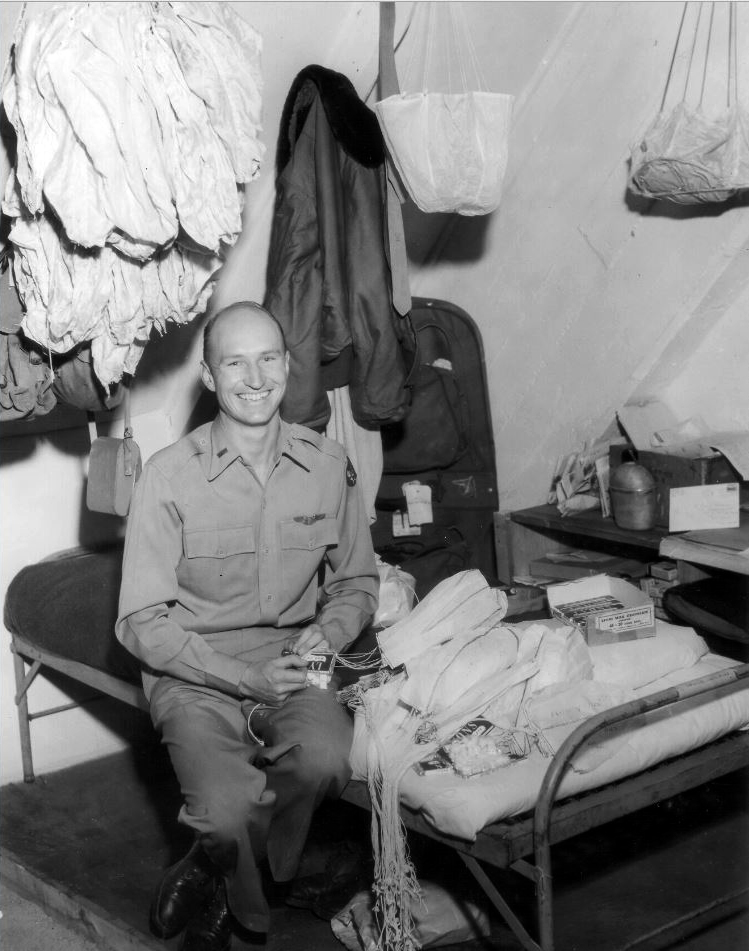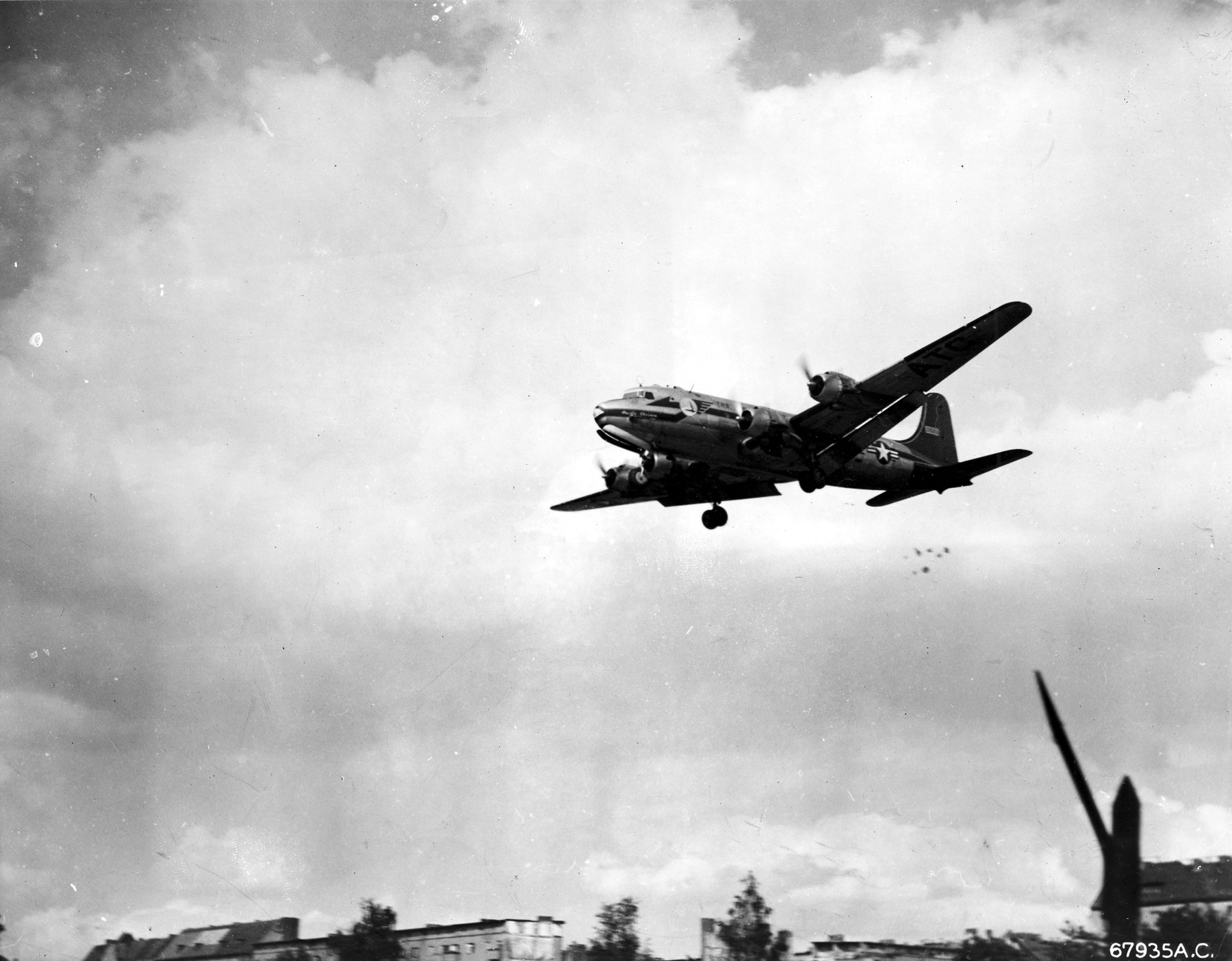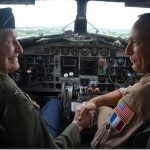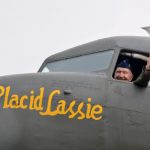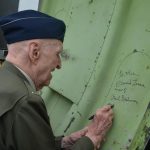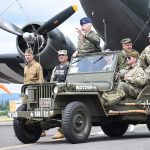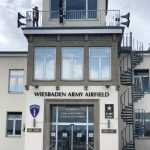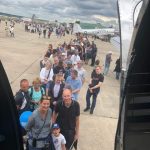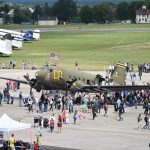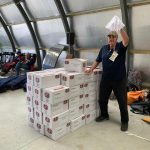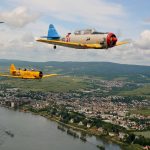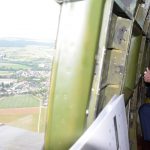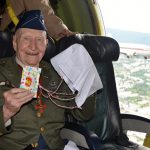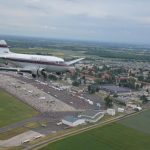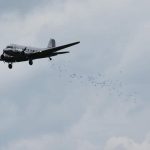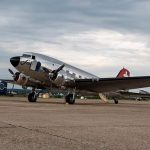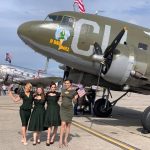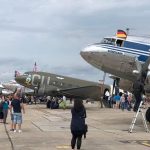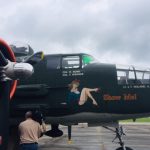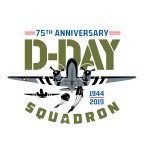With the successful conclusion to the celebrations of D-Day + 75 in Normandy, France, some of the Douglas C-47s from the D-Day Squadron, along with others based in Europe, have continued onwards to Germany to help celebrate the 70th anniversary of the successful conclusion of the Berlin Airlift.
As most readers will know, following Germany’s surrender at the end WWII, the nation’s administration was divided between the four occupying powers: the United Kingdom, the United States, France and the Soviet Union. This was supposed to be a temporary situation until a new democratic political system could be implemented in Germany, and obviously to also prevent the resurgence of a Nazi-style regime following the Allied victory.
Similarly to the nation itself, Germany’s original capitol city, Berlin, was also divided into four sectors with each zone administered by one of the four occupying powers. But Berlin was deep within East Germany, which meant that supplying the Western-aligned sectors required the Soviets to allow supply trains and truck convoys to pass through their zone. Sensing an opportunity to annex West Berlin in the spring of 1948, the Soviets decided to force the other occupying powers from Berlin by simply shutting off the land and water-based supply routes through East Germany… to effectively starve the city into surrender. But to Stalin’s consternation, the Western Powers refused to abandon Berlin, and so the airlift began… a round-the-clock air bridge to West Berlin bringing in desperately needed supplies to the still-bombed-out city. While the Soviets could block the land and water routes to West Berlin relatively easily, it was far harder to do the same in the air without the risk of sparking a new, and far more devastating war. So long as the Western aircraft stuck to very specific routes… and there were dire consequences for any which deviated from them… the cargo planes with their precious loads were allowed through. It was an incredible feat of determination and bravery, which included aircrews from Canada, South Africa, New Zealand and Australia in addition to the occupying nations, to keep West Berlin from falling into Soviet hands. At its peak, a cargo plane was landing in West Berlin every thirty seconds! Through shear bloody-mindedness, the blockade ended roughly a year later when the Soviets relented and reopened the land routes to West Berlin. In terms of financial expenditure, it had been a staggeringly expensive exercise, coming in at roughly US$224 million in the day (roughly US$2 billion in today’s dollars). But the Berlin Airlift also had a steep human cost as well with 101 aircrew losing their lives in the endeavor, which saw 17 US and 8 British aircraft crash.
As a result of this brave effort to keep West Berlin safe, the Berlin Airlift is seen in enormously high regard in Germany today, and celebrated accordingly. Several events have taken place in the nation to celebrate the 70th anniversary of its conclusion with a number of Douglas C-47s flying in to air bases at Wiesbaden and Faßberg in the past two days. In particular, one of the veteran pilots of the Berlin Airlift, Gail Halvorsen flew into Wiesbaden aboard the D-Day Squadron’s C-47 Skytrain Placid Lassie. Halverson, became famously known as the “Candy Bomber” because he began the practice of dropping sweets on tiny parachutes fashioned from handkerchiefs to the children in West Berlin as his cargo plane approached touchdown in the besieged city back in 1948.
The D-Day Squadron described this moment celebrating the Berlin Airlift’s 70th Anniversary on their Facebook page saying, “On Monday, Col Gail Halvorsen took to the skies over Germany as an honorary crew member of Placid Lassie, as the original ‘Candy Bomber’ helped us perform our own candy drop during festivities for the 70th Anniversary of the Berlin Airlift at Wiesbaden Army Airfield. As we arrived with Col Halvorsen, we were escorted from our pickup point to the airfield by T-6s. During the candy drop, it was amazing to see the joy on Col Halvorsen’s face as he once again was part of bringing joy to the children of Germany, with Flabob Express off our left wing. It was Flabob Express that helped secure and transport the Jelly Belly candies with parachutes attached from California to Germany. Col Halvorsen even took the controls from the left seat of Placid Lassie for about 20 mintues after the drop, circling the airfield like he still did it every day! Following the candy drop and flight, he honored us by signing our Lassie girl. It has truly been the greatest please of the Tunison Foundation, parent organization of the D-Day Squadron, to host Col. Halvorsen as our guest.”
In many ways, Halvorsen has become the face of the Berlin Airlift for many in the US today, and has helped to keep the memory alive by taking part in Berlin Airlift Historical Foundation activities at air shows. It was marvelous to see him back in Germany to help celebrate the important mission to supply West Berlin 70 years ago. Bravo to the D-Day Squadron, and in particular the Tunison Foundation, for helping make this possible!







